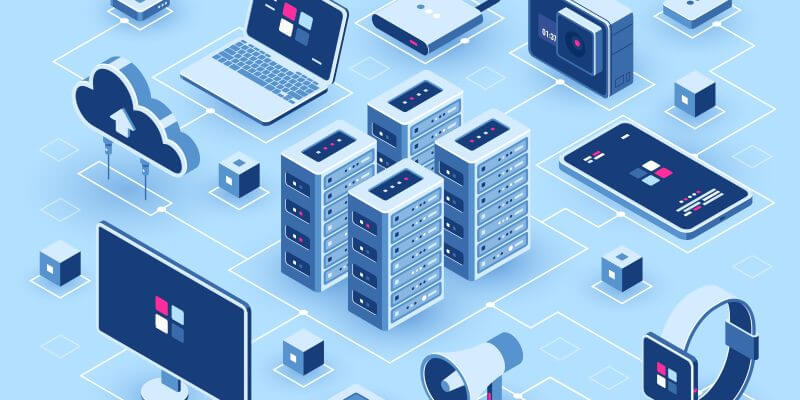Edge computing is rapidly transforming manufacturing processes and operations, paving the way for a smarter, more efficient future. By bringing computational power closer to the data source, typically machines, sensors, and devices on the factory floor, edge computing overcomes the limitations of traditional cloud-based systems and enables real-time insights, faster decision-making, and enhanced automation.
One of the primary drivers behind the adoption of edge computing in manufacturing is the need for real-time decision-making. Smart factories rely heavily on data generated by various sources, including IoT sensors, cameras, and programmable logic controllers (PLCs). Processing this data in the cloud can introduce delays due to network latency, hindering operational efficiency. Edge computing addresses this challenge by enabling localized data processing, allowing manufacturers to respond swiftly to changing inputs and optimize resource utilization. This is particularly crucial for applications such as robotic process automation (RPA), machine vision and quality inspection, and safety monitoring.
Enhanced operational efficiency is another significant benefit of edge computing in manufacturing. By processing data at the edge, manufacturers can reduce their reliance on cloud infrastructure, minimize data transfer costs, and improve processing speed. Edge systems can filter data, reducing the amount sent to a central server, and provide real-time analytics to front-line workers, empowering them to make data-driven decisions that improve quality and efficiency. Moreover, edge computing facilitates predictive maintenance by continuously monitoring equipment and predicting potential failures before they occur. This helps prevent costly downtime, improves overall equipment efficiency, and extends the lifespan of machines.
Edge computing also plays a critical role in enabling distributed manufacturing systems. This involves decentralizing production into multiple smaller units, closer to customers or resources, to support rapid response and supply chain resilience. Edge nodes enable these units to function autonomously while remaining integrated within the larger operational ecosystem. Each facility can make real-time decisions, perform analytics, and maintain operational continuity, even in remote areas or during connectivity outages.
Security and compliance are also key advantages of edge computing in manufacturing. By keeping sensitive or proprietary information on-site, manufacturers can meet stringent regulatory requirements and reduce the risk of data breaches. On-premise data processing ensures that sensitive data remains within facility boundaries, providing greater control over data security.
The integration of edge computing with Industrial IoT (IIoT) is further reshaping manufacturing operations. IoT devices feed real-time data into edge systems, which handle initial processing before syncing with cloud environments. This improves efficiency and reduces unnecessary data transfer. In warehouse operations, edge-managed sensors streamline routing, temperature control, and inventory visibility, resulting in smarter factory workflows.
As the manufacturing industry embraces digital transformation, edge computing is poised to become even more powerful. The combination of real-time data processing with advanced algorithms for AI and machine learning will enable manufacturers to automate more processes and optimize production with minimal human intervention. The advent of 5G technology, with its ultra-low latency and high bandwidth, will further enhance the capabilities of edge computing systems, enabling even faster data processing and real-time analytics.
In conclusion, edge computing is revolutionizing manufacturing processes and operations by enabling real-time decision-making, enhancing operational efficiency, improving security and compliance, and facilitating distributed manufacturing. By strategically adopting edge computing, manufacturers can gain speed, agility, and control, enhancing their competitiveness and preparing their infrastructure for future growth in the Industry 4.0 landscape.

















